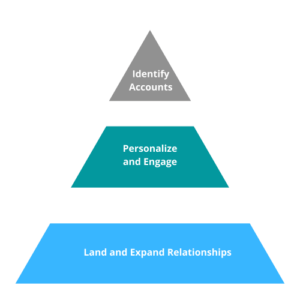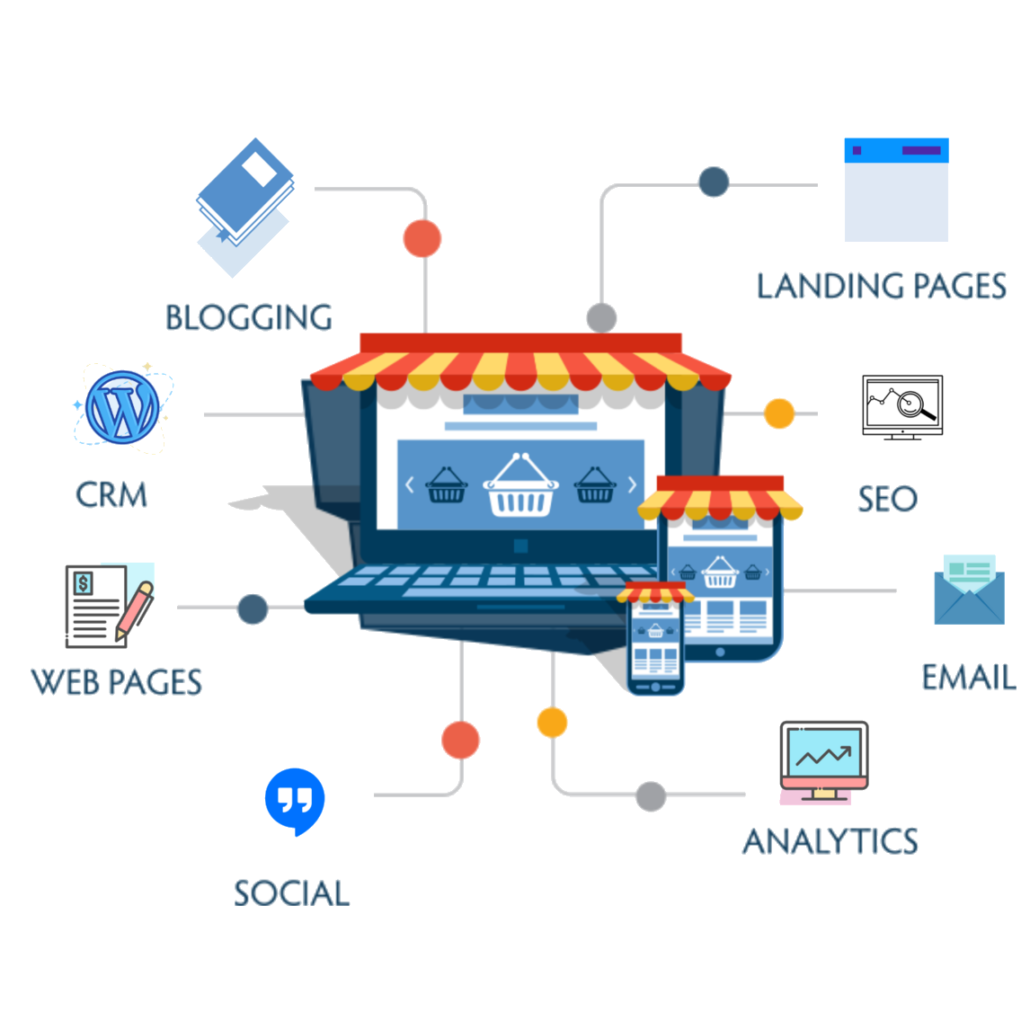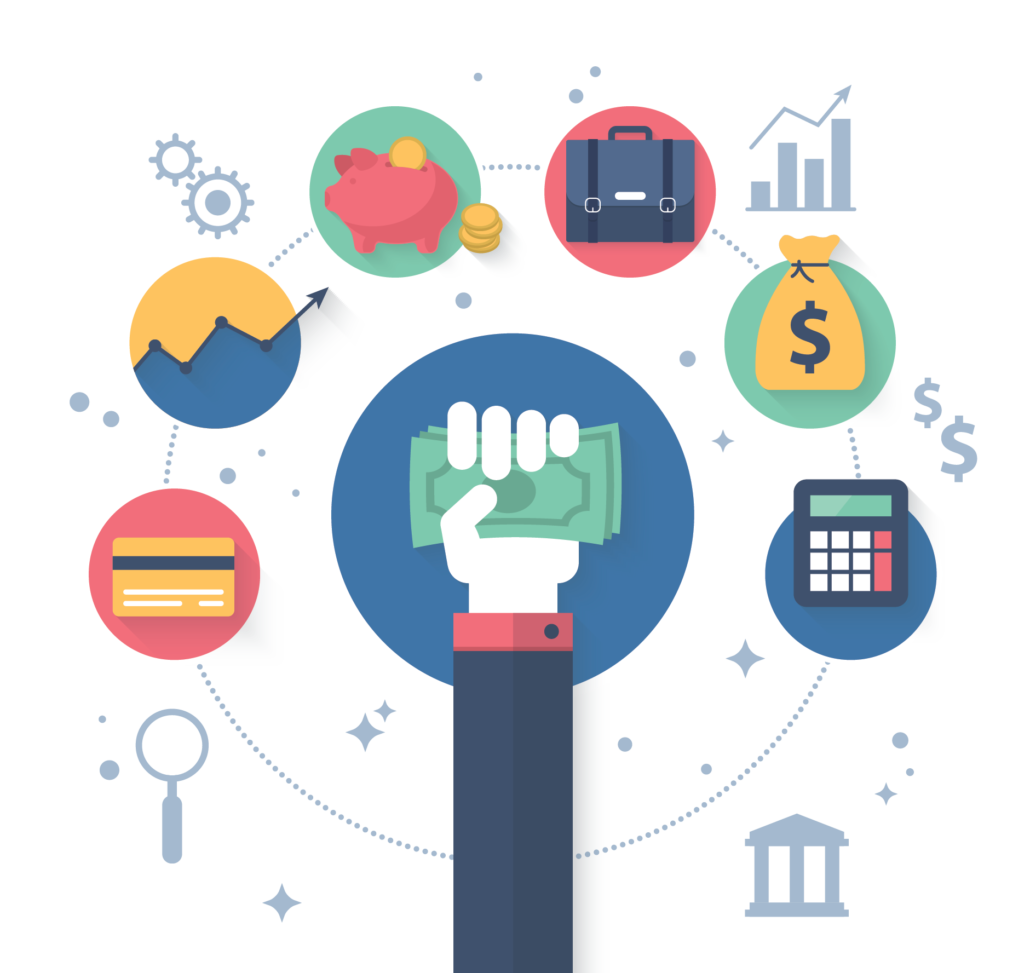What is Account-Based Marketing?
Imagine a world where you could begin the sales process by selling straight to your best-fit, highest-value accounts. No time to waste working to market and sell to unqualified leads who aren’t the best fit for your company. Meaning, you could move directly into the phases of engaging and pleasing your target accounts.
Talk about efficiency, right?
With Account-Based Marketing (ABM), all of this is made possible. The process enables you to align your sales and marketing teams from the get-go to develop long-term business growth, happy customers, and increase revenue.
Account-Based Marketing (ABM) is a growth strategy in which Sales and Marketing collaborate to develop personalized buying experiences for a mutually-identified collection of high-value accounts.
ABM helps your business work and interact with high-value accounts. By doing this — it helps to personalize the buyer’s journey and tailor all communications, content, and campaigns to those particular accounts — you’ll see more prominent ROI and a boost in consumer loyalty.
We are here to help you make it happen. Let’s dive in:
- Inbound Marketing and Account-Based Marketing
- Benefits of ABM
Inbound Marketing and Account-Based Marketing
When paired Inbound Marketing with Account-Based Marketing, they have the power to create waves and boost your business.
You must be thinking, “How will this work?”
Well, we just evaluated the definition of account-based marketing — as you learned, ABM is a highly-targeted approach. Meanwhile, inbound marketing is more foundational — the growth tactics allows you to attract consumers through the creation of relevant content, SEO, and delightful consumer experience.
Here are a few reasons to implement both Inbound Marketing and Account-Based Marketing:
- Inbound marketing lets you attract target accounts and ABM then accelerates the process so that you can win and impress those target accounts with the remarkable consumer experience.
- Inbound marketing sets the foundation for a strong ABM approach. With this approach, you attract a larger group of prospects than you would while applying just one method.
- Your content has greater value — you can create and utilize content that serves both an ABM and an inbound strategy. Combine inbound marketing and ABM to grow better.
Benefits of ABM:
There are several benefits linked to account-based marketing. We’ve gathered the following list of commonly-noted results that confidently impact all types of businesses.
- Keep Sales and Marketing Aligned: This alignment helps guarantee all interactions, communications, and content (and more) are constant for the accounts you work with.
- Increase your company’s relevance amidst high-value accounts: Account-based marketing asks you to personalize everything for each account you entrust your resources in. Through this customization and personalization, your importance among these accounts is increased.
- Deliver steady consumer experience: Delivering these long-term, uniform experiences may seem a bit difficult. Although this is acceptable, the good news is that ABM is a method that naturally prompts you to do so.
- Measure your Return on Investment (ROI): With ABM, you can easily measure the ROI for each account you invest your resources and time into. This is profitable because you can confirm whether specific accounts you invested in were ideal for your business.
- Streamline the Sales Cycle: With account-based marketing, the sales cycle is streamlined by concentrating your efforts on specific high target accounts. You save resources and time, and spend longer time on the stages of the sales cycle that positively affect your bottom line: 1) Distinguish Target Accounts → 2) Present to High-Value Target Accounts → 3) Close High-Value Target Accounts → 4) Delight Accounts
Develop Better With Account-Based Marketing
Account-based marketing doesn’t have to be amazing. By working through the strategies and implementing software for your sales and marketing team to use together, you’ll recognize valuable accounts more efficiently, decrease any friction impacting your sales cycle, and grow better.






